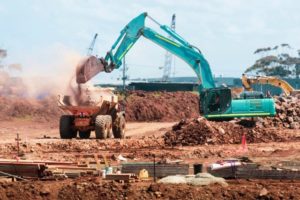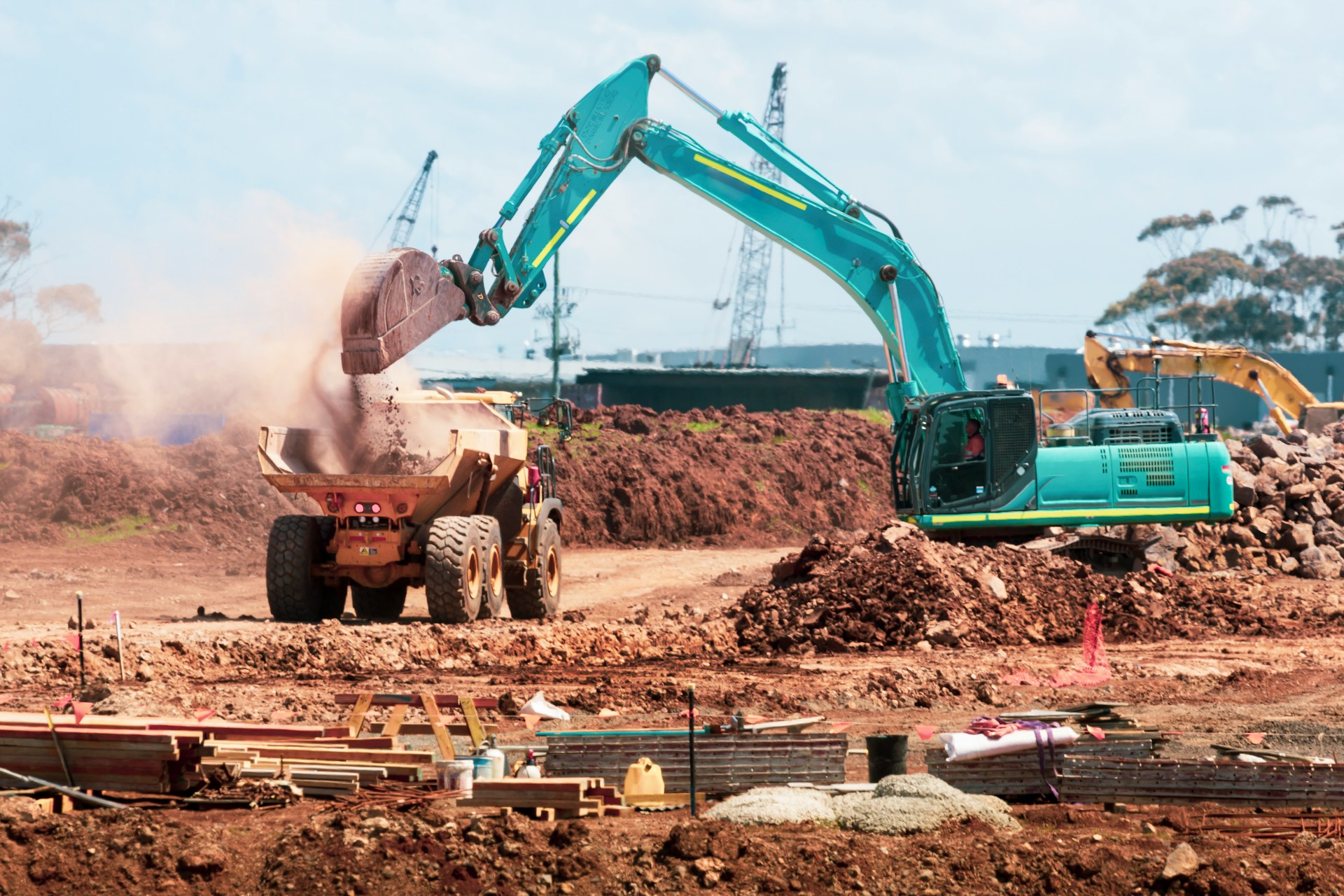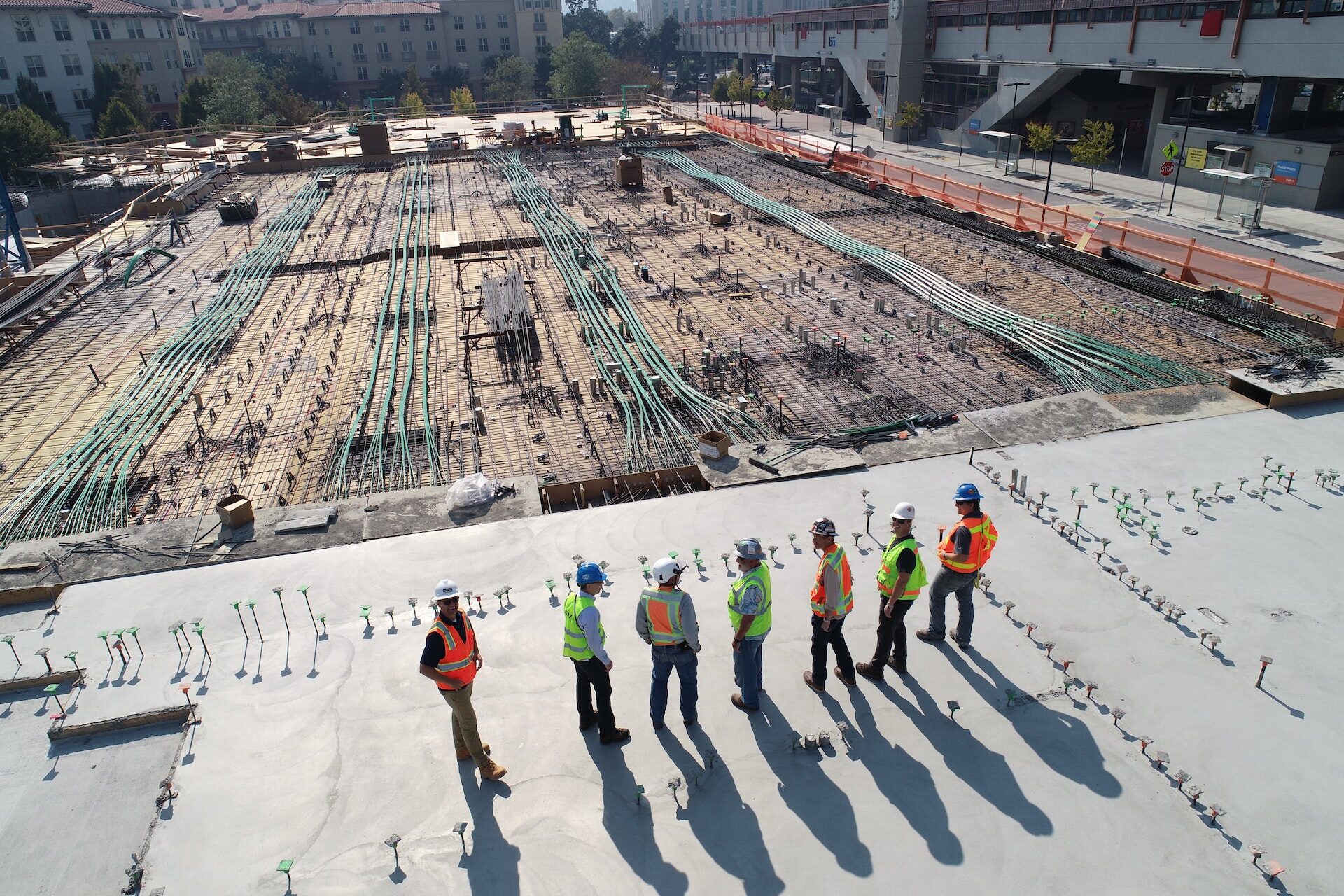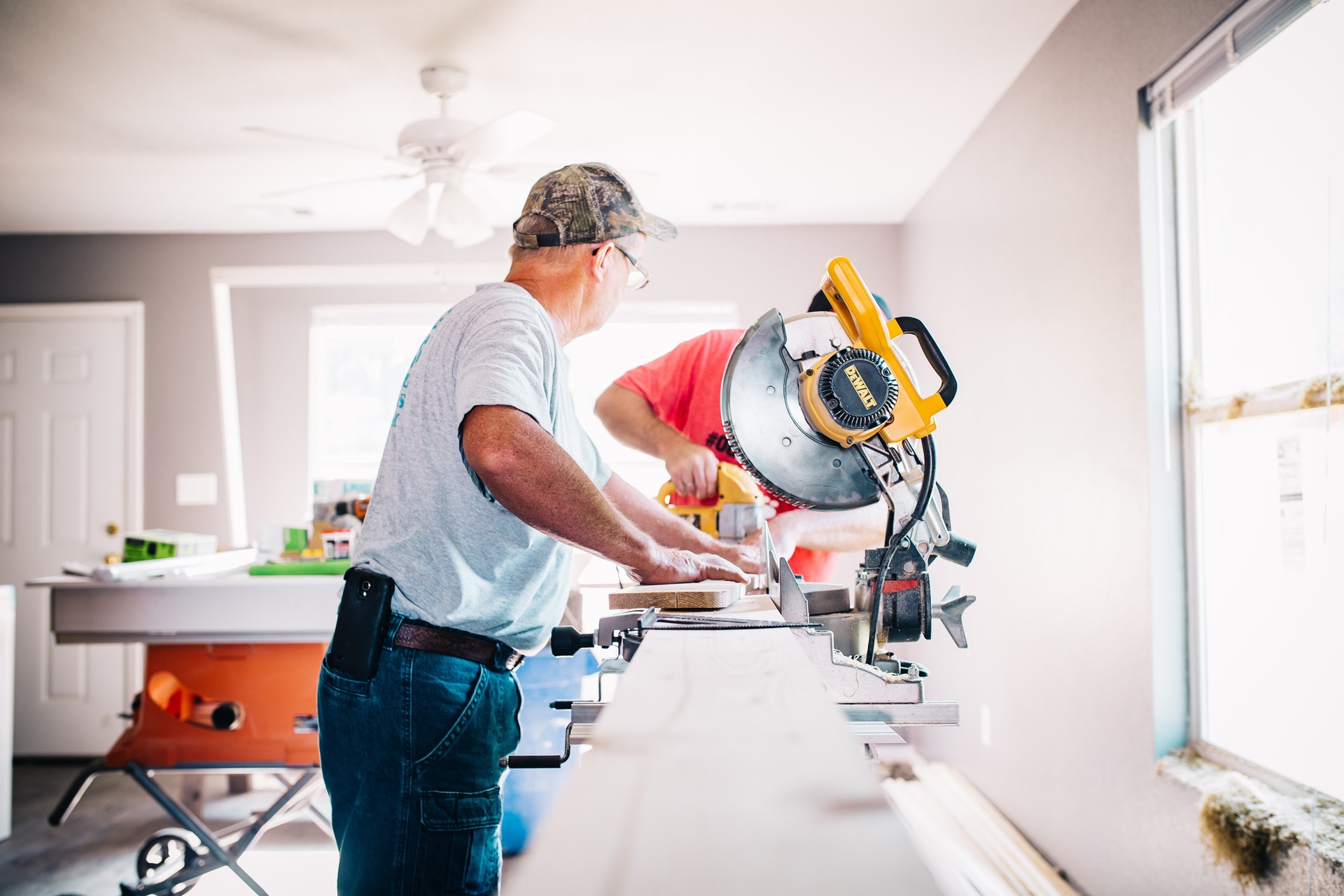
How Does Underwater Construction Work?
May 16, 2023 - Emily Newton
Revolutionized is reader-supported. When you buy through links on our site, we may earn an affiliate commision. Learn more here.
Although it sounds counterintuitive, most underwater construction actually avoids building underwater. Instead, engineers use advanced techniques to drain the water from a site before beginning construction, then let the water back in once they’re done. How does it all work?
Materials Used for Underwater Construction
Many common building materials, like wood, fall apart easily in the harsh underwater environment. The constant pressure, salinity and humidity mean only certain materials are suited for underwater construction, including:
- Steel: This robust metal forms a solid structure for underwater buildings and is typically encased in concrete.
- Acrylic: Stronger than glass, acrylic is rigid, resistant to sunlight and transparent, so it’s an excellent choice for underwater windows and aquarium tunnels.
- Concrete: Pozzolana cement is water resistant, making it perfectly suited for underwater construction.
Underwater Construction Methods
Diving is challenging enough as it is, so adding power tools to the mix could get dangerous. Instead of constructing an entire building underwater, engineers and contractors use four main techniques to build structures in the open air before submerging them.
- Driven Piles
To build underwater foundations, engineers often use machinery to hammer giant, hollow steel tubes – called driven piles — into the ocean floor or lake bed. They’re essentially massive, hollow nails driven into the Earth’s crust. The piles fill with water in the process.
Next, construction workers use a tube to fill the piles with wet concrete. As the concrete fills the piles, it displaces the water and begins to harden. The result is a strong underwater foundation made of concrete and reinforced steel.
- Off-Site Building
It is common for builders to assemble structures offsite and then transport them to their final destination. They can then pump water out of the final structure, if necessary, after lowering it into place.
For example, construction crews may build several separate, modular pieces of a building and transport them to the underwater site via a barge. The barge lowers the structure with weights attached to it — or on its own if it’s heavy enough — into the water, then attaches it to a driven pile foundation on the seafloor.
- Caissons
A caisson is a watertight retaining structure lowered into the water. In some types of caissons, the bottom is open and the air pressure keeps water out, allowing engineers to work underwater. Inside the open caisson’s dry interior, workers dig down until they reach a solid surface.
The caisson eventually becomes part of the structure’s foundation. For example, it may become part of the submerged half of a dam or bridge. Many above-ground structures actually have large underwater supporting towers to help them bear weight.
There are several different types of caissons:
- Open caisson: This type of caisson has no bottom. Instead, it contains only vertical walls, allowing construction workers to dig at the base.
- Pneumatic caisson: Pneumatic caissons also lack a bottom floor. Workers pump in compressed air to keep the water out.
- Box caisson: This type of caisson contains a bottom floor. Workers use a crane to lower it onto a pre-established foundation.
When workers began construction on the St. Louis Bridge, they started reporting health problems when the caisson reached a depth of 60 feet. By the end of the project, as many as 25% of the workers had “caisson disease. It was a mysterious ailment that caused joint pain, paralysis of the lower limbs, headaches and shortness of breath. Because the men bent over at the waist in pain, doctors eventually called this disease “the bends” or decompression sickness.
Caissons have limited use cases, and today, it’s more common for underwater construction to use cofferdams.
- Cofferdams
A cofferdam is a temporary enclosure that workers construct in the water. It surrounds a construction site and allows workers to drain or pump out the water, leaving the working area dry so engineers can build structures. A cofferdam prevents water from flowing back into the construction site during the building process. After the building is complete, engineers deconstruct the cofferdam.
Engineers can construct cofferdams from welded steel, rocks or large amounts of dirt, which is the most basic type of cofferdam. Dirt cofferdams usually require extra reinforcement so they don’t erode in the water.
Workers use cofferdams for building or repairing permanent dams, bridge piers, oil platforms, wharves and even fully submerged buildings. People also occasionally use them for shipbuilding, ship repair and marine salvage operations.
Construction workers built New York’s Tappan Zee Bridge using steel cofferdams. Because the Hudson River contains a lot of soft river silt, engineers backfilled the cofferdams to create a solid foundation for the bridge piers.
Underwater Repairs
When underwater structures start to break down, it makes more sense to send divers to fix them rather than draining out all the surrounding water. Divers often make repairs on dams, bridges, power stations, pipelines and retaining walls, usually by welding. They sometimes also repair ships so the vessels can remain at sea.
There are two main types of underwater welding: wet and hyperbaric. Wet welding, as the name implies, involves welding completely underwater. This is the most challenging form of welding because the diver is working under pressure and moving in slow motion.
In hyperbaric welding — also called dry welding — the area the diver wants to repair is insulated from the water, often in a chamber lowered to the weld site. Engineers pump out the water from the chamber so the diver isn’t completely submerged.
Commercial divers use various tools, including underwater torches, saws and welding rods, to perform their dangerous job. They often have to navigate tight spaces or contaminated waters.
It’s no surprise, then, that becoming an underwater welder takes years of training, with two to five years dedicated to welding on land first. Few people can say they help repair a city at its very seams, but underwater welders hold that claim to fame.
A Marvel of Engineering
Constructing underwater structures on land is expensive, but it’s a lot safer than sending divers equipped with power drills to the seafloor. Therefore, engineers use cofferdams, caissons, driven piles and off-site building to complete most of their construction before adding the final touches underwater. When underwater construction sites need repairs, skilled welders do the job.
Even knowing how underwater construction works, it’s still truly impressive to see a submerged structure and realize just how many steps were involved in building it.
Revolutionized is reader-supported. When you buy through links on our site, we may earn an affiliate commision. Learn more here.
Author
Emily Newton
Emily Newton is a technology and industrial journalist and the Editor in Chief of Revolutionized. She manages the sites publishing schedule, SEO optimization and content strategy. Emily enjoys writing and researching articles about how technology is changing every industry. When she isn't working, Emily enjoys playing video games or curling up with a good book.




